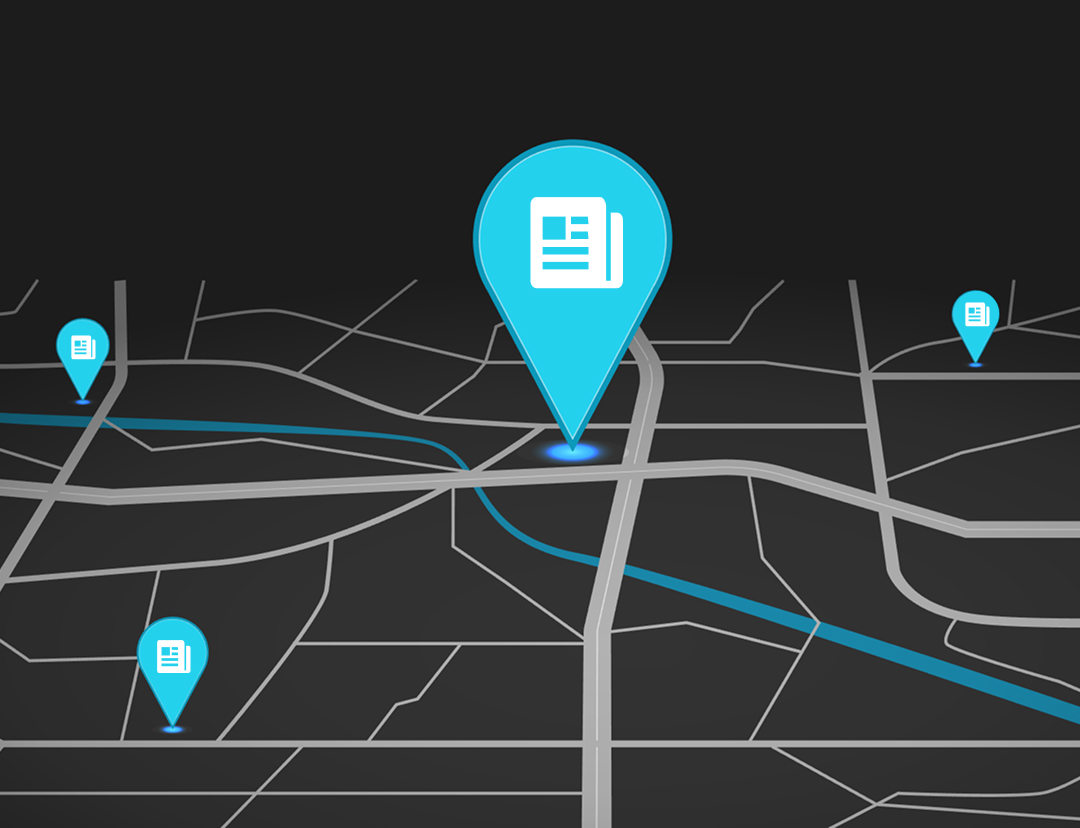More than 130 million people across the United States are under alert for a dangerous heat wave that is expected to last into the new work week. The Southeast coast is likely to experience the most intense heat, with extreme heat warnings in effect from Savannah, Georgia, to Virginia Beach, Virginia. On Sunday, heat indices in this region are forecast to reach between 108 and 116 degrees.
The Midwest is also bracing for extreme heat, with temperatures feeling like 97 to 111 degrees from Lincoln, Nebraska, to Minneapolis. Cities such as Charleston, West Virginia, and St. Louis, Missouri, are under extreme heat warnings, with feels-like temperatures expected to range from 102 to 112 degrees.
Heat advisories have been issued for several other cities, including Dallas, Texas; Oklahoma City, Oklahoma; Indianapolis, Indiana; Tampa, Florida; Little Rock, Arkansas; Kansas City, Missouri; and Washington, D.C. In these areas, heat indices are projected to range from the 90s to 110 degrees.
As the work week begins, heat advisories are anticipated to extend into Monday and Tuesday for parts of the I-95 corridor, stretching from Boston to New York City. Heat indices in this corridor are expected to reach the mid-90s to 105 degrees. The potentially life-threatening heat and humidity are expected to persist across the eastern half of the country through Wednesday.
Major cities such as St. Louis, Memphis, Charlotte, Savannah, Tampa, and Jackson, Mississippi, are likely to experience actual temperatures in the upper 90s to low 100s. A prolonged heat wave is forecast for these regions, driven by an influx of tropical moisture that will elevate feels-like temperatures to between 105 and 115 degrees over several consecutive days. Nighttime and early morning temperatures are not expected to provide any relief, remaining in the 70s or higher.
From Monday to Wednesday, large portions of the Southeast will face an extreme heat risk rated at four out of four, affecting cities like Atlanta, Charlotte, Jacksonville, and Tallahassee, Florida.
In contrast, severe storms are expected to bring heavy rain to parts of the upper Midwest on Sunday. Storms that began overnight continued into Sunday morning, prompting severe thunderstorm watches from North Dakota to northern Minnesota. These storms may produce scattered large hail and damaging winds of up to 70 mph. Later in the day, additional severe storms are possible in parts of Minnesota, Wisconsin, and Michigan's Upper Peninsula.

 Local News in Virginia
Local News in Virginia

 Daily Voice
Daily Voice People Top Story
People Top Story The Progress-Index
The Progress-Index WDBJ7
WDBJ7 WIRC Richmond
WIRC Richmond NBC12
NBC12 WDVM Virginia
WDVM Virginia Washington Examiner
Washington Examiner